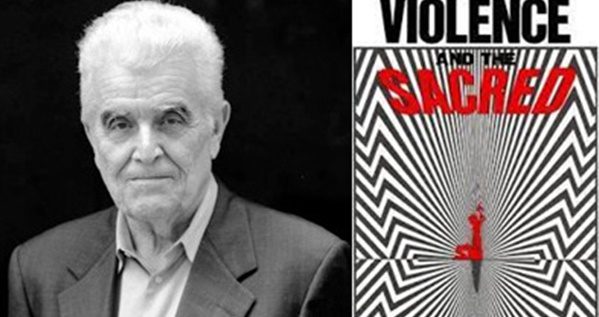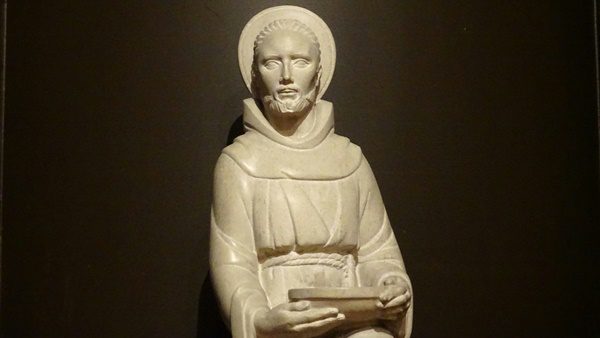In this episode of the RavenCast, Suzanne Ross and Adam Ericksen discuss René Girard’s book Violence and the Sacred. You can watch the video of the conversation below, or you can subscribe to the RavenCast on iTunes or Stitcher Radio.
In his first book, Deceit, Desire, and the Novel, René Girard made the shocking claim that adversaries fight not because they are different, but because they aren’t different enough. If we didn’t want the same things as our enemies, what would there be to fight about? His startling conclusion was that this convergence of desires is no coincidence – adversaries are learning what to desire from one another. Desires are learned and intensified as we compete with others for the same things. He called it “mimetic” or imitative desire and said it is what defines us as a species. (If you missed our book discussions on Deceit, Desire and the Novel, you can view part 1 and part 2.)
For his second book, Violence and the Sacred, he took up the next obvious question: how does the mimetic species – that’s us! – solve inevitable the conflicts and prevent them from escalating into violence? Nowadays we have a legal system to do just that, but what about in the ancient world, before the emergence of a judiciary? Without some sort of braking mechanism, Girard realized that violence would have raged out of control in never ending cycles of vengeance. Because just like human desire, violence is highly mimetic – one act of violence inevitably leads to another and another. Just how did the human species survive our origins?
In Violence and the Sacred, Girard unlocks the secret of how our ancestors controlled the risk of violence in their communities: through rituals of sacrifice. Girard uncovered the startling origin of religion, the gods of myth, and why humans believed that ritual sacrifices could appease the anger of the gods. Uncovering the reality behind the ancient myths helps us make sense of our own time in which violence is reappearing within our communities, threatening our safety and security.
For a good introduction to how sacrifice controlled vengeance, see this video or this print interview with anthropologist Mark Anspach, author of Vengeance in Reverse. Anspach explains that there is another way to control vengeance, one he finds in the myths and ancient practices of gift exchange.
Stay in the loop! Like Teaching Nonviolent Atonement on Facebook!












